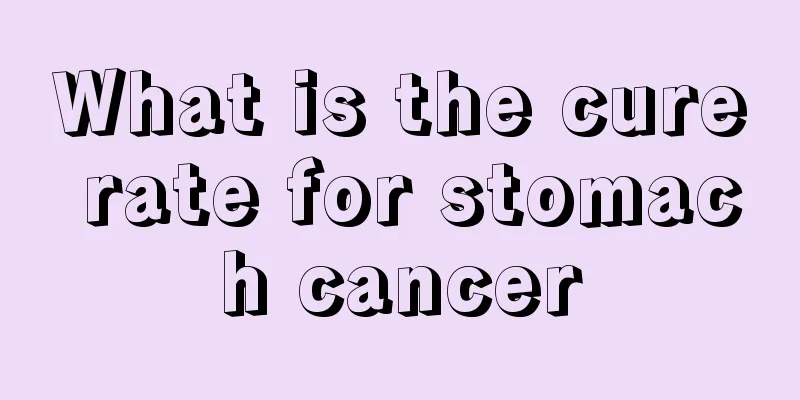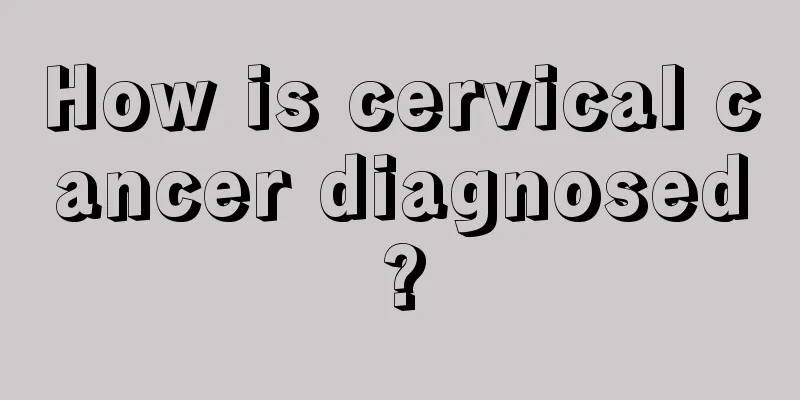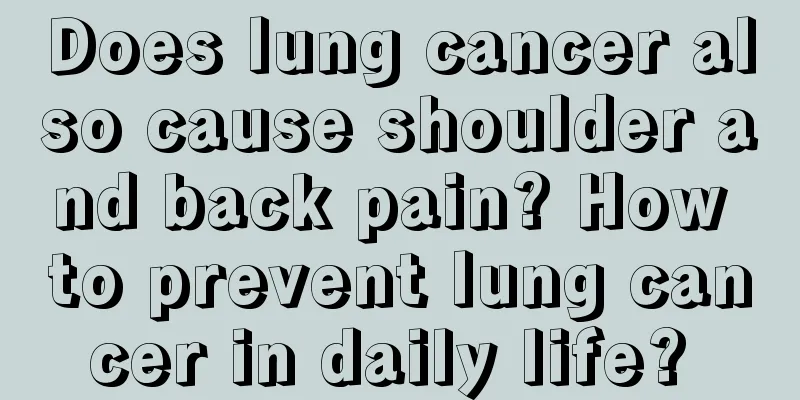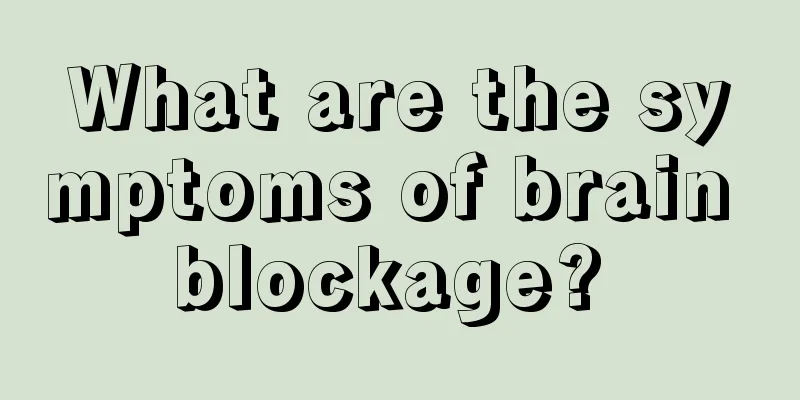What is the cure rate for stomach cancer

|
Gastric cancer ranks first among various malignant tumors in my country. There are obvious regional differences in the incidence of gastric cancer. The incidence of gastric cancer in the northwest and eastern coastal areas of my country is significantly higher than that in the southern region. The age of onset is over 50 years old, and the ratio of male to female incidence is 2:1. The prognosis of gastric cancer is related to the pathological stage, location, tissue type, biological behavior and treatment measures of gastric cancer. What is the cure rate of gastric cancer? Most patients with early gastric cancer have no obvious symptoms, and a few have nausea, vomiting, or upper gastrointestinal symptoms similar to ulcer disease. Pain and weight loss are the most common clinical symptoms of advanced gastric cancer. Patients often have relatively clear upper gastrointestinal symptoms, such as upper abdominal discomfort and fullness after eating. As the disease progresses, the upper abdominal pain worsens, and the appetite decreases and fatigue occurs. Depending on the location of the tumor, there are also special manifestations. Cardiac fundus cancer may have retrosternal pain and progressive dysphagia; gastric cancer near the pylorus has pyloric obstruction; after the tumor destroys the blood vessels, there may be symptoms of gastrointestinal bleeding such as vomiting blood and black stools. Persistent abdominal pain often indicates that the tumor has expanded beyond the stomach wall, such as supraclavicular lymphadenopathy, ascites, jaundice, abdominal mass, and palpable masses in the anterior rectal fossa. Patients with advanced gastric cancer often have symptoms such as anemia, weight loss, malnutrition, and even cachexia. Chemotherapy It is used before, during and after radical surgery to prolong survival. Patients with advanced gastric cancer can use appropriate chemotherapy to slow down the growth of the tumor, improve symptoms, and have certain short-term effects. In principle, adjuvant chemotherapy is not necessary after radical surgery for early gastric cancer. Adjuvant chemotherapy should be performed in the following cases: high malignancy of pathological type; cancer area greater than 5 cm; multiple cancer lesions; age under 40 years old. Chemotherapy is required for patients with advanced gastric cancer who have recurred after radical surgery, palliative surgery, or radical surgery. Common chemotherapy administration routes for gastric cancer include oral administration, intravenous administration, intraperitoneal administration, and arterial catheterization regional perfusion administration. Common oral chemotherapy drugs include tegafur, eufodine, flutolan, etc. Common intravenous chemotherapy drugs include fluorouracil, mitomycin, cisplatin, doxorubicin, etoposide, and calcium leucovorin. In recent years, new chemotherapy drugs such as paclitaxel, oxaliplatin, topoisomerase inhibitors, and Xeloda have been used for gastric cancer. In my country, the cure rate of gastric cancer is an average of 30%, which is not particularly low among cancers. For individuals, the cure rate is directly related to the stage of gastric cancer. For patients with early-stage gastric cancer, the cure rate can reach 85 to 90 percent, or even higher; for stage II, it can reach 70 to 80 percent; for stage III, which is already in the late middle stage, the cure rate drops to 30 percent; and for stage IV, it is less than 10 percent. In terms of type, distal gastric cancer has a higher cure rate than proximal gastric cancer. The former refers to cancer near the pylorus and other parts, while the latter refers to cancer near the cardia, gastric body, etc. Signet ring cell carcinoma has a lower cure rate because it is more hidden and more likely to metastasize. Compared with Japan's 60% overall cure rate for gastric cancer, my country's cure rate for gastric cancer is relatively low. This is mainly because Japan requires that the first gastroscopy examination be performed after the age of 50, and more than 60% of patients are in the early stage; while in my country, only about 10% of patients are diagnosed in the early stage. |
<<: Technical difficulty of laparoscopic radical gastrectomy
>>: What are the symptoms of gastric stump cancer pictures
Recommend
What is the difference between cervical cancer and uterine cancer
Cervical cancer and uterine cancer occur in diffe...
What to do if you have thrombocytopenia and how to treat it
The role of platelets is indispensable in our dai...
Experts remind of the four early manifestations of skin cancer
Skin cancer is a common dermatological disease. I...
What should I do if mangosteen juice gets on my clothes?
I believe many people have eaten mangosteen. Mang...
There are red spots on my buttocks which are very itchy
The buttocks are wrapped tightly every day to pro...
What's the matter with a cold and stomachache?
The common cold is a very common disease in the h...
What is the cause of colon cancer?
The exact cause and mechanism of colon cancer, li...
The dangers of washing your hair with salt water
Washing your hair with salt water does have certa...
What should high school students do if they have acne on their faces
There is an old saying that goes, "A clean f...
Comprehensive treatment of rectal cancer with traditional Chinese and Western medicine can achieve the best effect
Although the effect of traditional Chinese medici...
What diseases does the immunology department treat?
When talking about immunology, many people can on...
What is the function of bamboo charcoal cervical pillow?
No matter who you are, you must remember to choos...
Which hospital is the best for laryngeal cancer
Which hospital is the best for laryngeal cancer? ...
How to treat cardiac neurosis
Cardiac neurosis can also be called cardiovascula...
My legs suddenly became weak
There are always some sudden things happening in ...









